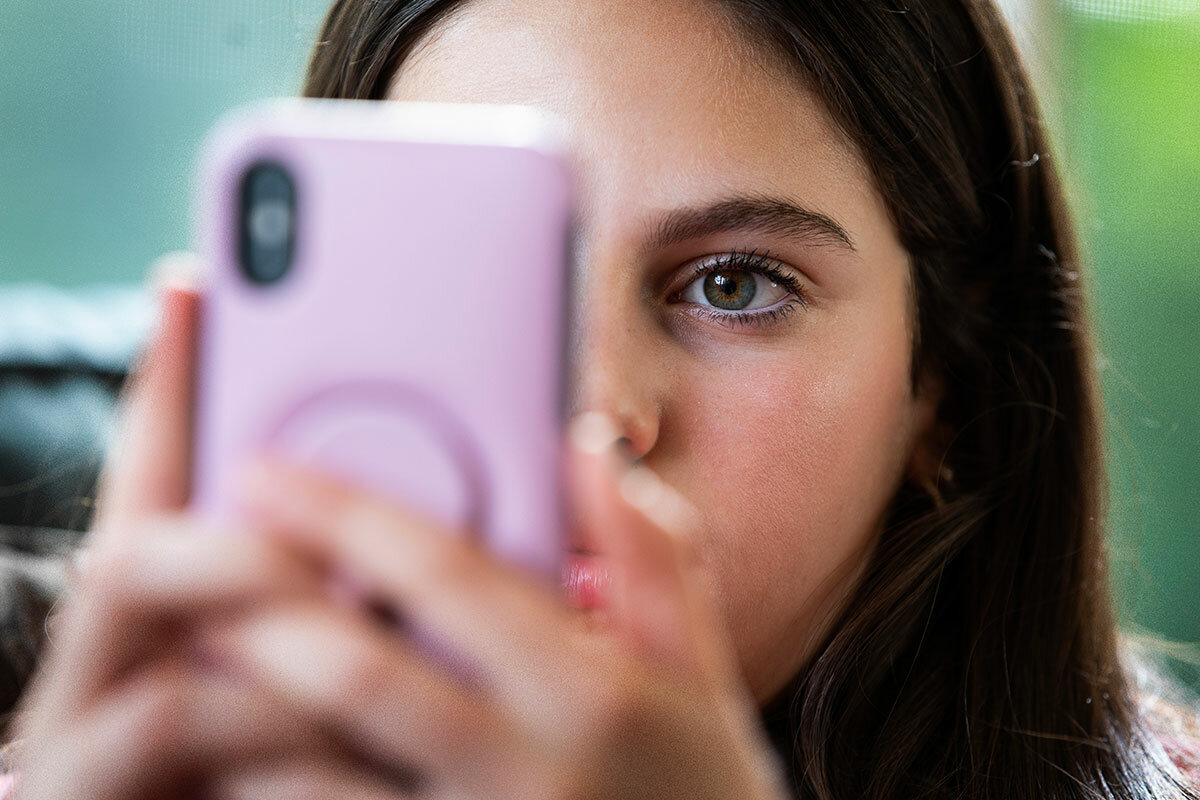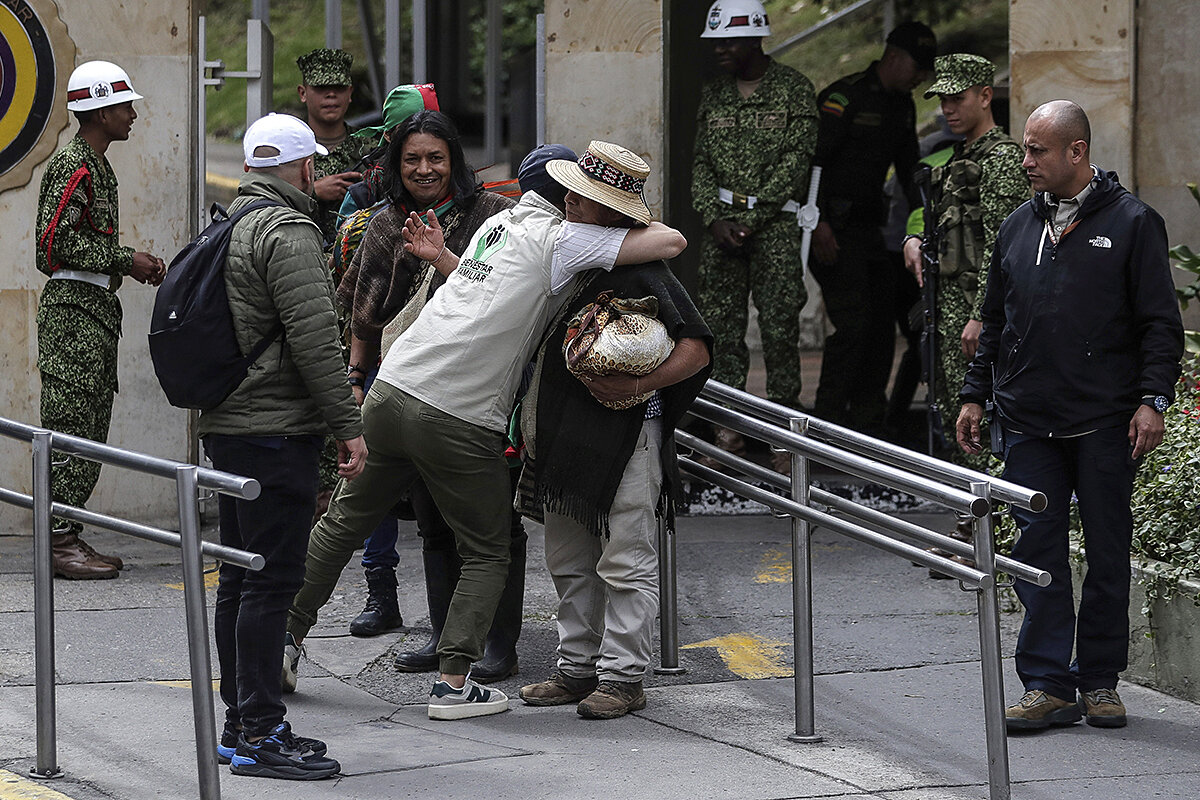The era of smartphones and living online reached a crescendo during the pandemic. Now, some teenagers and their parents are contemplating a life lived purely in the real world.
Monitor Daily Podcast
- Follow us:
- Apple Podcasts
- Spotify
- RSS Feed
- Download
 Howard LaFranchi
Howard LaFranchi
You don’t have to be a film connoisseur to know the Potemkin steps in the Black Sea port city of Odesa are the setting for one of cinema’s greatest scenes. If the words “stairs” and “baby carriage” together leave you shuddering, you know what I’m talking about.
In Soviet filmmaker Sergei Eisenstein’s 1925 silent film “Battleship Potemkin,” the 192 steps leading from the port are the setting for czarist Russia’s murderous repression of Odesans greeting the mutinous sailors of the film’s namesake ship. In perhaps the most iconic moment, a mother pushing a baby carriage is shot, with her fallen body sending the carriage down the victim-strewn steps.
Last week, I found myself at the top of the Potemkin steps. But with an air raid siren wailing and a Ukrainian soldier ordering me back, I had less than 10 seconds to take it all in.
My quest to see the steps had taken much longer than that.
This was my second reporting trip to Odesa for the Monitor. Last August, I’d tried, and failed, to reach the steps. For unexplained “security” reasons, the area near the site was closed. Even a distant glimpse was impossible. I bought an old yellowed postcard featuring the grand steps at a Sunday flea market instead.
This trip I was determined things would be different.
The steps are still off-limits, but Oleksandr Naselenko, who guides and supports Monitor reporters in Ukraine, had an idea: Residents living inside the restricted area couldn’t be prohibited from having visitors. And he had a friend. ...
The next day, Sophia met us at the military checkpoint near her parents’ apartment inside the off-limits area. Her smiles to the soldiers got us in. But then the siren started blaring. I had to move fast.
As I viewed the steps, I wondered about the history that had occurred there. I imagined Eisenstein instructing the dozens of extras, the Cossack soldiers, the young mother. I tried to place the baby carriage.
Then I had to turn and run.











